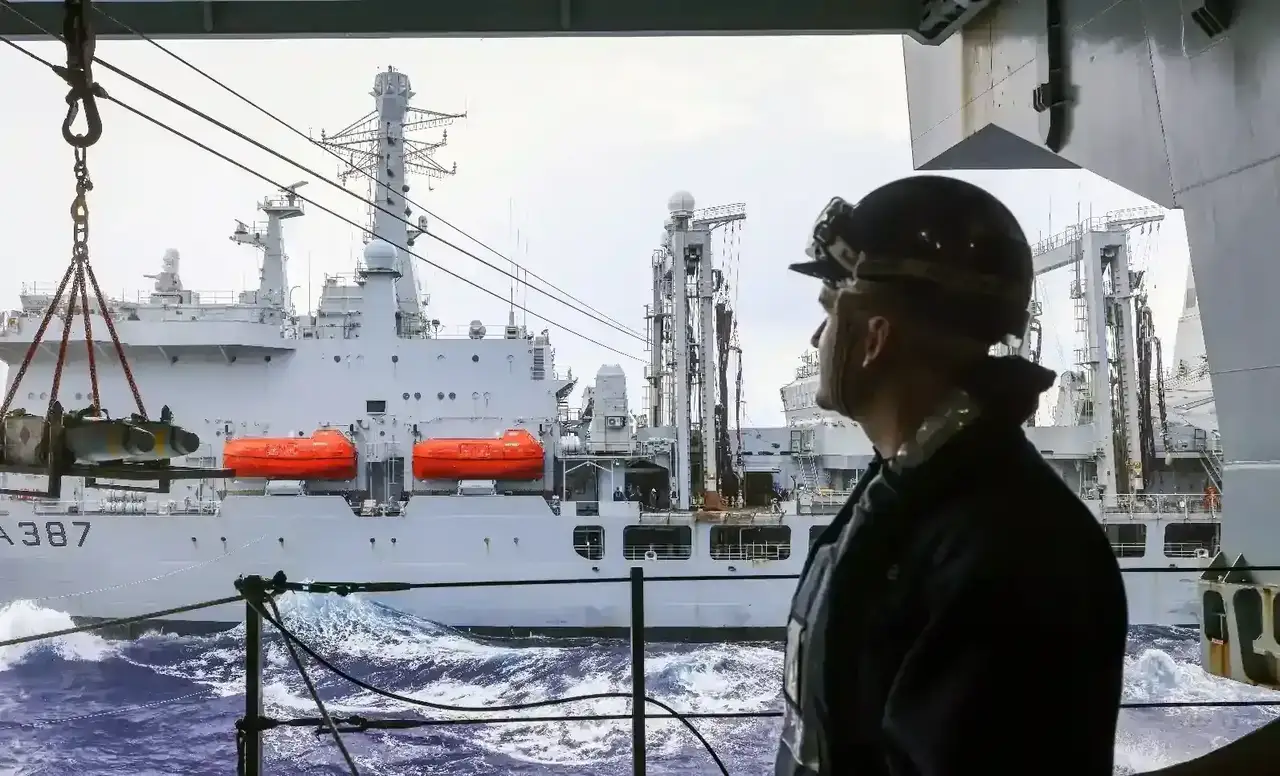Safeguard Engineering was established to meet a growing demand for a safety and environmental engineering specialist, that is completely impartial, cost effective and operates with the highest levels of integrity and trust.
Client
Challenge
MOD Ship Platform Authorities are required to demonstrate the safety of Ordnance, Munitions and Explosives (OME) onboard their vessels through the generation of a Class Explosive Safety Case Report (CESCR) that complies with the Naval Authorities Maritime Acquisition Publication 01-103 Part 1 & 2 and the Defence Safety Authorities 03 – Defence Maritime Regulations.
The development of the AO-TIDE Class Explosive Safety Case Report (CESCR) presented several complex challenges, not least the AO-TIDE Class explosives safety arrangements hadn’t previously been assessed against the requirements of MAP 01-103 Part 2. The creation of an initial issue CESCR was therefore required which was to draw upon evidence and data gathered from both a ships visit and disparate MOD IT systems, to which access was essential.
Our approach was to maximise knowledge transfer to the client from our Weapons Ordnance Munitions Explosives (WOME) experts. The aim was to support the client by enhancing their levels of explosives safety awareness, create a comprehensive audit trail of compliance evidence, overcome their shortfall in SQEP resources and create an exemplar CESCR based on best practices.
We developed a clear and logical programme of work involving all stakeholders, to gather relevant information, determine compliance to standards and regulations, undertake robust risk assessment and develop the CESCR. Where required, guidance was sought from the Naval Authority and Technology Group Explosives to ensure compliance with the relevant standards and regulations. Our activities included:
The survey was co-ordinated with the Ship’s Staff to reduce disruption and minimise costs within the agreed project schedule. This approach ensured suitable onboard personnel were identified and available, whose valuable input addressed gaps identified during data collection and significantly improved the quality of the final deliverable.
With agreement from the relevant Authorities, the SETHA methodology was tailored to suit the Platform’s design evolution since build.
During the SETHA, stakeholders were briefed on all relevant issues regarding policy, regulations, generic hazards and OME outloads for AO-TIDE class vessels during all possible operational scenarios. Stakeholder Management is key to the success of a SETHA workshop, so we developed a novel technique for gathering stakeholder input so that all requirements could be captured and implemented. This approach has since been utilised as best practice for other RFA and RN Platform Authority Teams.

The key benefits to the client from this work included:
Our client benefited from our vast maritime military experience, our detailed understanding of the initial challenge and a close relationship with the stakeholder community. With the clients’ permission, we engaged with all relevant stakeholders, from Ship’s Staff to the Naval Authority and Regulator to maximise benefit to the programme. We pride ourselves on our ability to provide our clients with cost-effective, value-adding advice and guidance whilst reducing our reliance on them for information. It is this kind of legacy that we like to leave with our clients, knowing that we can be trusted with a complex challenge and deliver an innovative solution that not only meets the requirement but allows the client’s team to be more resilient and capable in the future.
Get in touch and speak to a specialist about the support we can offer you.
Sign up for our email newsletter
We are an ISO 9001:2015 Quality Management System certified company.
Registered in England and Wales No. 8396115. VAT No. 156603903.
Copyright ⓒ Safeguard Engineering 2025. Designed by Damteq®